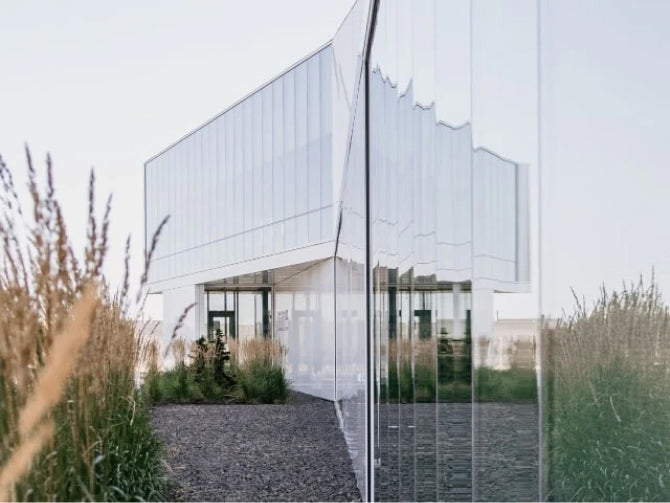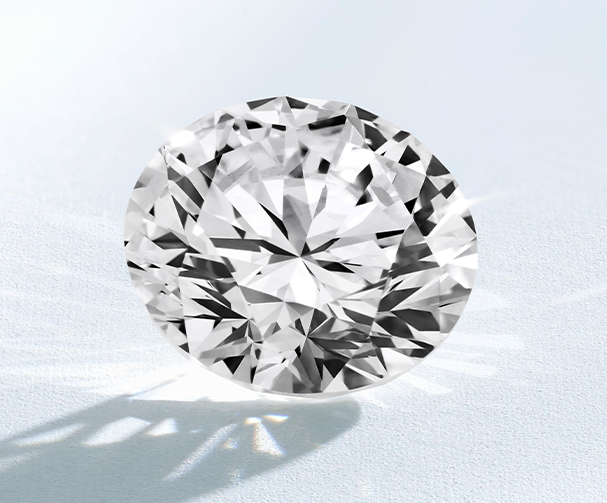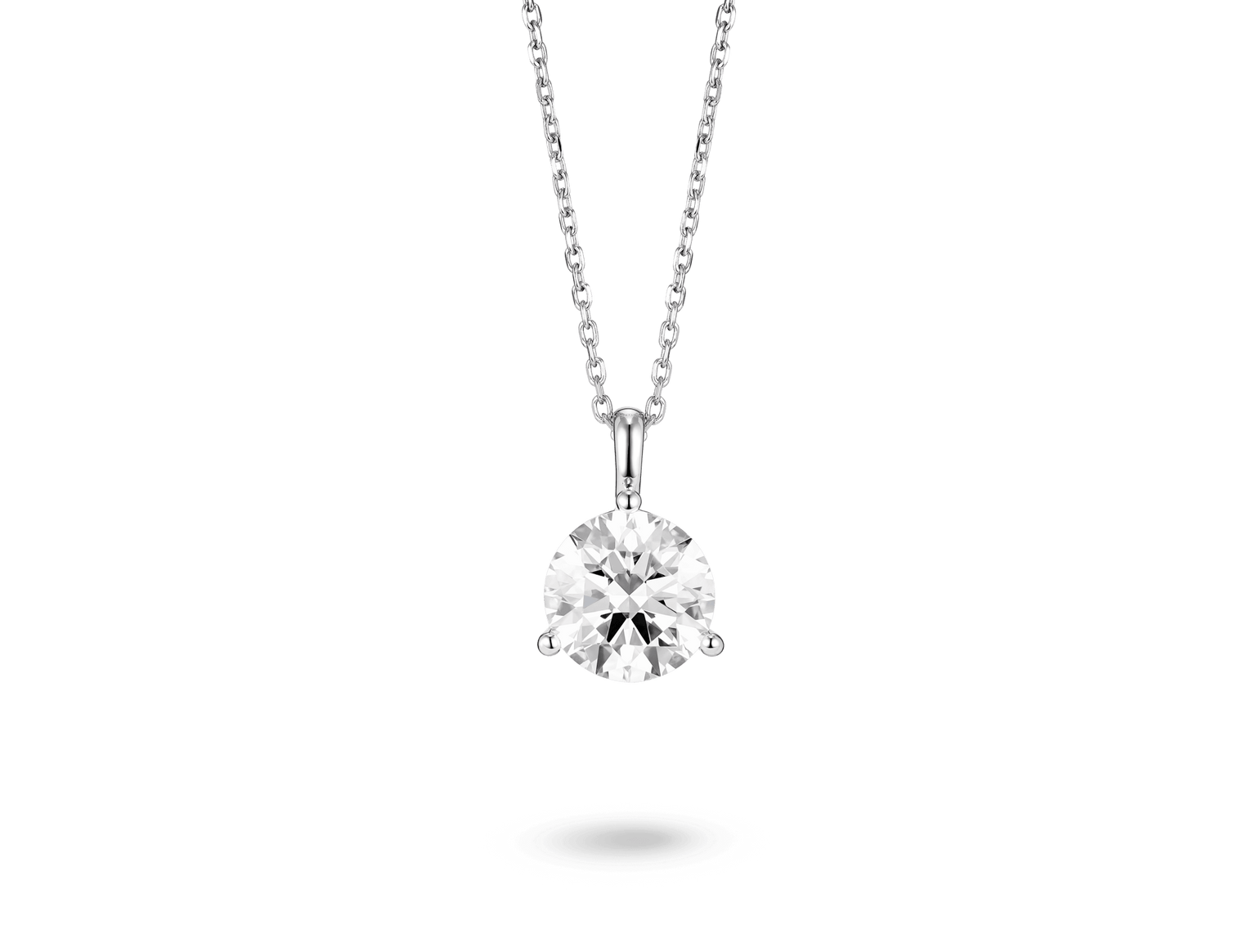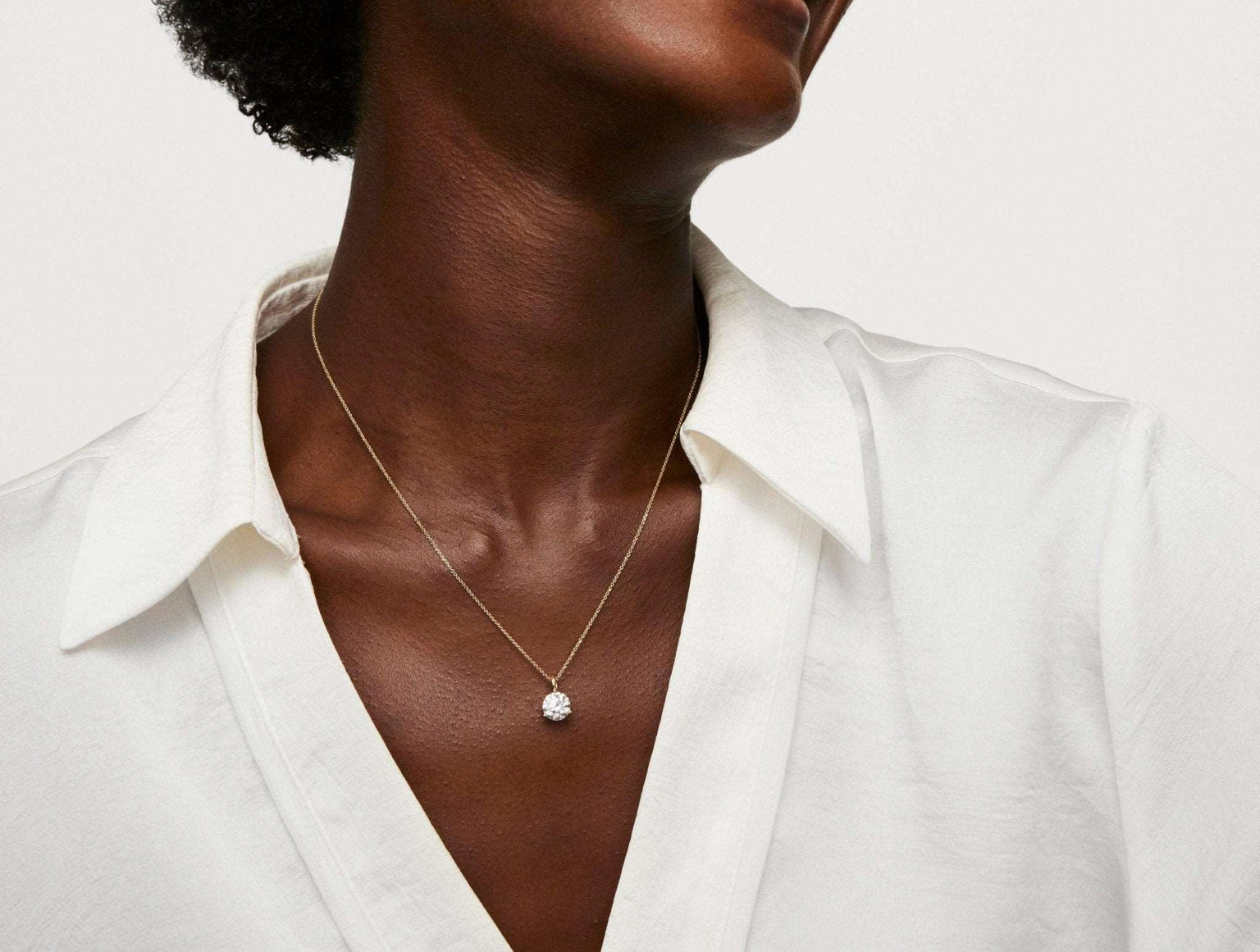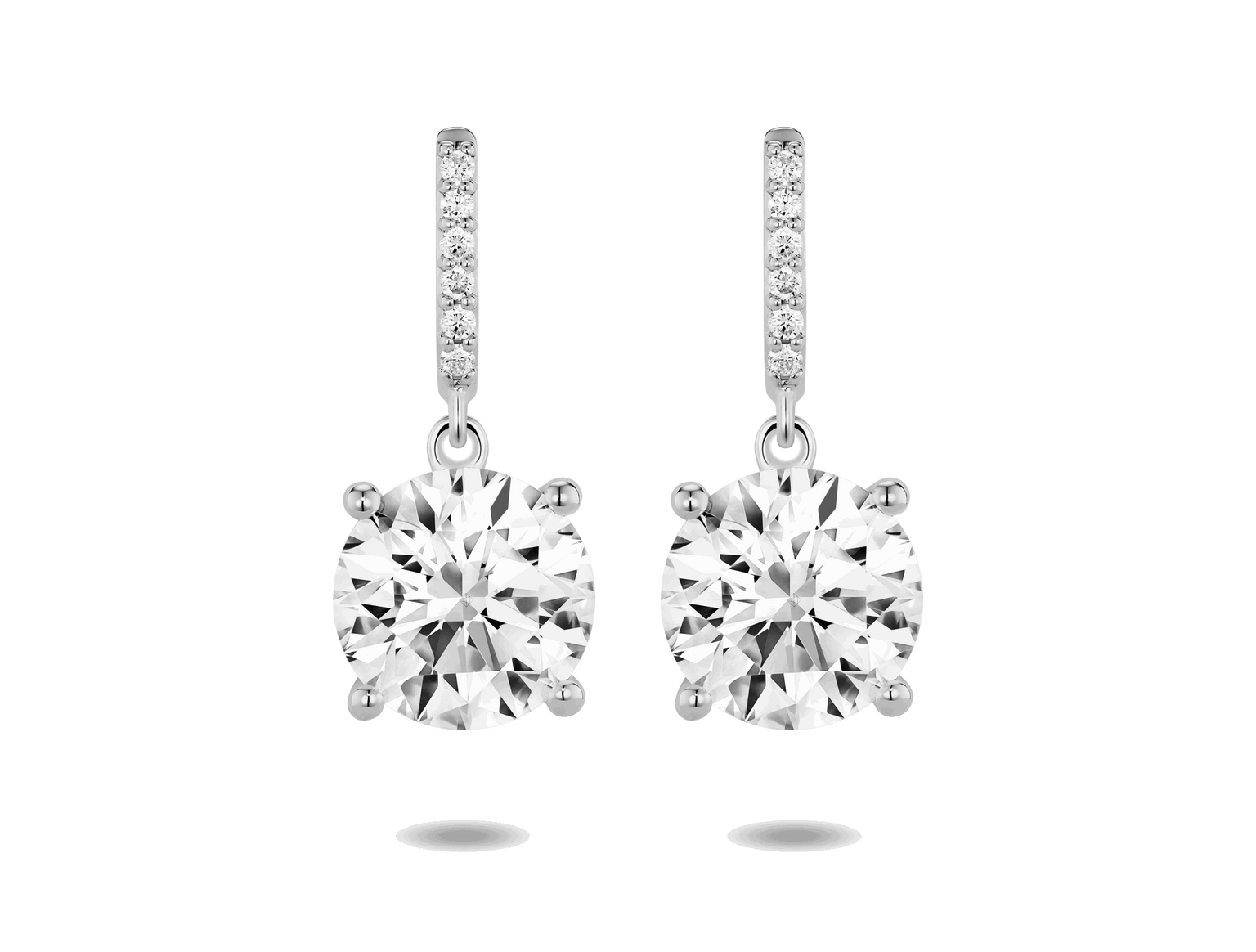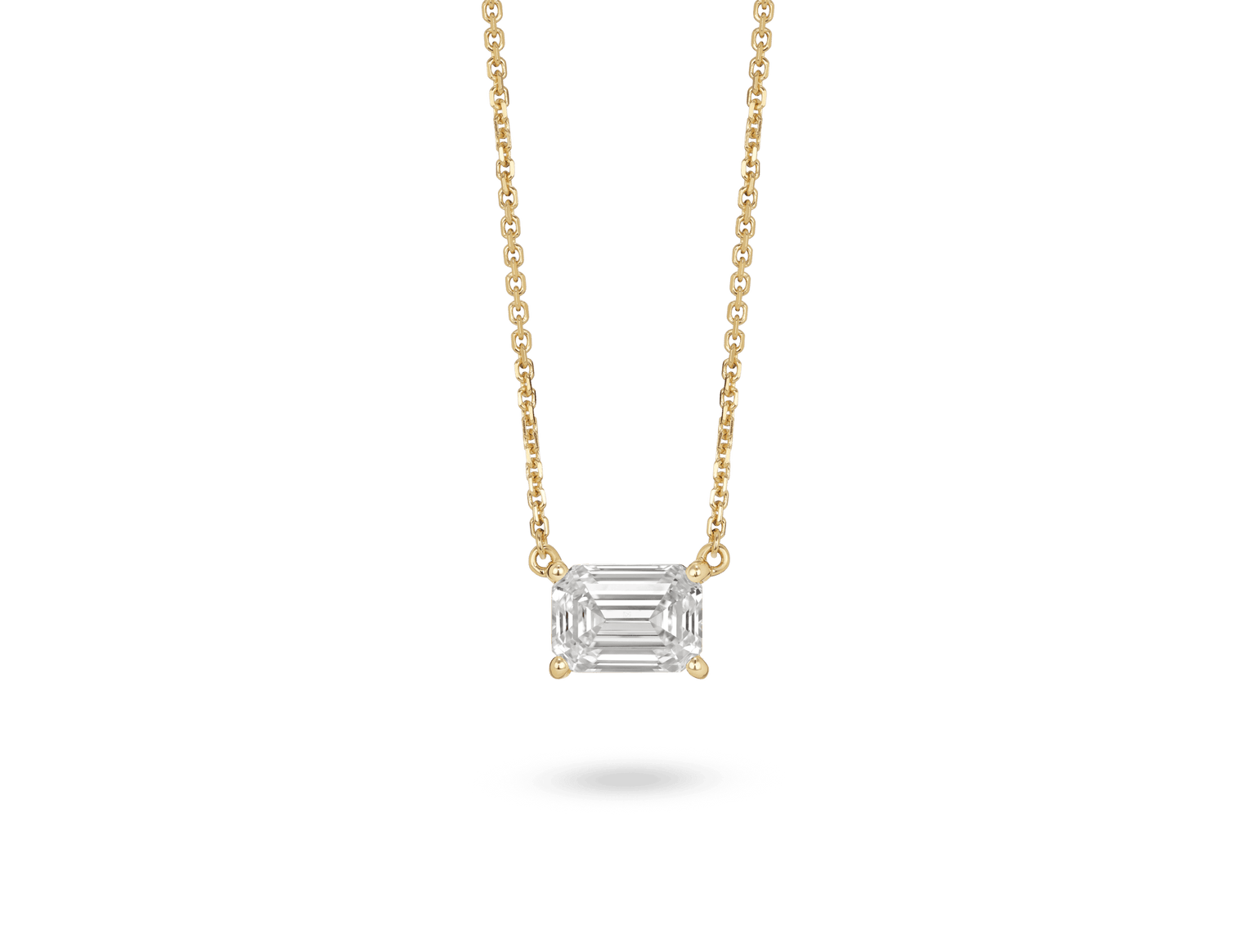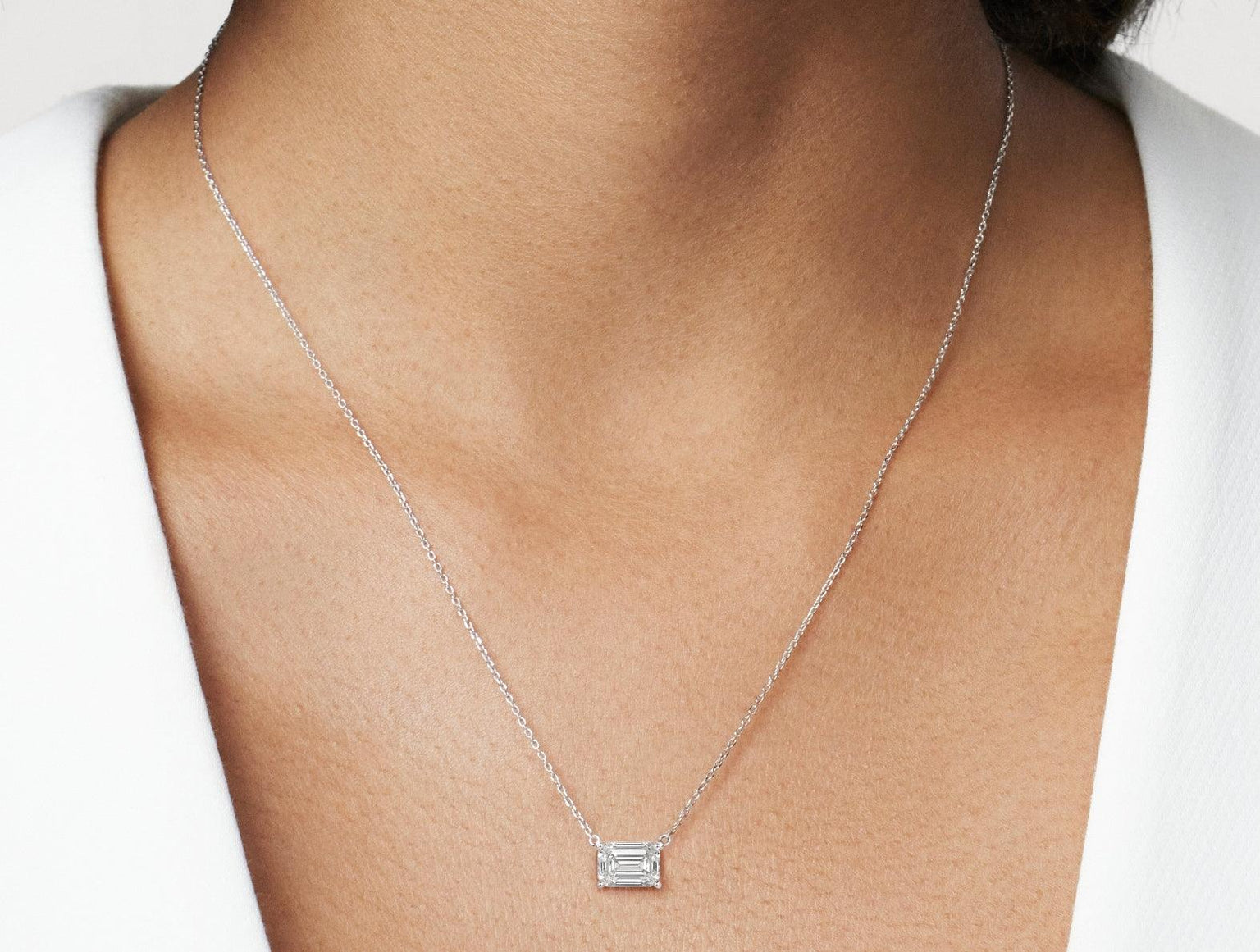Bezel settings are a testament to jewelry's rich history and evolving artistry. Let’s step into the world of bezel settings, a technique steeped in antiquity yet perfectly suited to modern aesthetics. We’ll explore the origins, evolution, and current adaptations of bezel settings in lab-grown diamond jewelry, offering insights into why this style has stood the test of time and continues to captivate jewelry enthusiasts.
Historical Background of Bezel Settings
Origins and Evolution
The bezel setting is not a modern innovation — its roots trace back to ancient civilizations. This method of setting gemstones has been a part of jewelry design for thousands of years, with evidence of its use found in the artifacts of Ancient Egypt, the Roman Empire, and the Byzantine Empire. These historical findings suggest that the bezel setting was one of the earliest techniques developed for securing gemstones in jewelry. Its longevity can be attributed to its effectiveness in protecting the gemstone, a quality that was as valued in ancient times as it is today.
Popularity of Bezel Settings Today
Fast forward to the 20th century, the bezel setting experienced a significant resurgence. Particularly in the 1940s and 1950s, this setting style saw renewed popularity, aligning with the era's fashion trends and aesthetic preferences. Interestingly, after a period of being overshadowed by prong and other settings, the bezel setting is now enjoying a comeback in modern jewelry design. Its revival can be attributed to a growing appreciation for its blend of simplicity, elegance, and functionality.
Today, bezel settings are celebrated for their sleek and contemporary look, making them a popular choice for lab-grown diamond jewelry and beyond.

Detailed Description of Bezel Settings
Design and Construction
When it comes to lab-grown diamond rings, earrings, necklaces and other jewelry, the bezel setting is distinguished by its construction. This setting involves a metal rim that snugly surrounds and secures the perimeter of the diamond or gemstone. The metal, which can be gold, platinum, or silver, is carefully molded around the stone, creating a seamless bond that holds the stone in place. This design adds to the jewelry's aesthetic appeal and also offers substantial protection to the stone. In lab-grown diamond settings, the bezel setting's sleek design is favored for its modern look and the ability to shield the gemstone from impacts and scratches.
Variations in Bezel Settings
Each of these bezel setting variations offers a balance between visibility and protection of the gemstone. From the full coverage of full bezel settings to the light-enhancing design of half and partial bezels and the distinctive looks of milgrain and tube bezels, there's a bezel setting to suit various style preferences in lab-grown diamond jewelry.
◇ Full Bezel Settings: Here, the metal rim completely encircles the gemstone. This variant offers the highest level of protection, as the entire circumference of the stone is covered, firmly securing it in place.
◇ Half Bezel Settings: Also known as semi-bezel, this style partially wraps around the gemstone. This allows more light to reach the stone, enhancing its brilliance while still offering substantial protection.
◇ Milgrain Bezel Settings: This setting features intricate detailing along the bezel's edge, adding a vintage or antique flair to the jewelry. The decorative milgrain adds texture and visual interest.
◇ Partial Bezel Settings: Similar to half bezels, partial settings do not fully encompass the gemstone. They typically secure the stone at two opposite ends, allowing for maximum light exposure and minimal metal coverage.
◇ Tube Bezel Settings: In this style, a cylindrical metal tube secures the stone. The height and thickness of the tube can vary, offering different levels of security and a distinct aesthetic.
Is a Bezel Setting Right for Me?
A bezel setting offers a blend of protection, simplicity, and modern appeal, making it an excellent choice for daily wear, especially in active conditions. However, it's important to consider the potential compromise on the diamond's brilliance and the limited customization options. For those pondering what is a lab-grown diamond if not a traditional diamond, it's reassuring to know that lab-grown diamonds do pass a diamond tester, confirming their authenticity. This assurance, combined with the practical and stylish nature of bezel settings, makes them a worthy consideration for your jewelry selection.
Advantages of Bezel Settings
◇ Protection and Security: One of the primary benefits of a bezel setting in lab-grown diamond jewelry is the enhanced security it offers. The metal rim that encircles the stone provides a robust barrier, making it an excellent choice for those with active lifestyles or jobs that involve manual work. The stone is less likely to get caught on clothing or other materials, and the risk of it falling out is minimized. This feature is particularly attractive for anyone who values durability in their jewelry and is handy for those worried about fragile pieces and how to travel with jewelry.
◇ Aesthetic Appeal: Bezel settings are known for their modern and simplistic look, adding a touch of elegance to lab-grown diamond rings and other jewelry. This setting style can make a smaller stone appear larger and more pronounced, thanks to the metal frame that surrounds it. The sleek design of bezel settings offers a contemporary aesthetic that appeals to many, especially those who prefer a minimalist and sophisticated style.
Considerations for Bezel Settings
◇ Limited Light Exposure: A notable limitation of bezel settings is that they can restrict the amount of light that enters the diamond. This can impact the stone's brilliance and luster, as the metal rim covers more of the diamond compared to other settings like prongs. Those who prioritize the shine and glare of their lab-grown diamonds might find this a worthwhile consideration.
◇ Customization Limitations: While bezel settings offer a distinct and modern appearance, they tend to offer fewer customization options than other settings. This can be a drawback for individuals looking for highly unique or intricate designs. While appealing to many, the bezel setting's simplicity may not satisfy those seeking more elaborate or detailed jewelry styles.
Final Thoughts: Bezel Settings in Contemporary Jewelry
The bezel setting is a remarkable blend of ancient craftsmanship and modern design, offering both aesthetic appeal and practicality. Its ability to provide security and enhance the visual impact of lab-grown diamonds and other gemstones makes it a preferred choice for many. Despite certain limitations in light exposure and customization, the bezel setting's simplicity and elegance cater to a wide range of styles, from the classic to the avant-garde. Whether you are drawn to the full protection of a full bezel or the light-enhancing qualities of a half bezel, there is a bezel setting that aligns perfectly with your personal taste and lifestyle.


